Check out before these deals are gone!

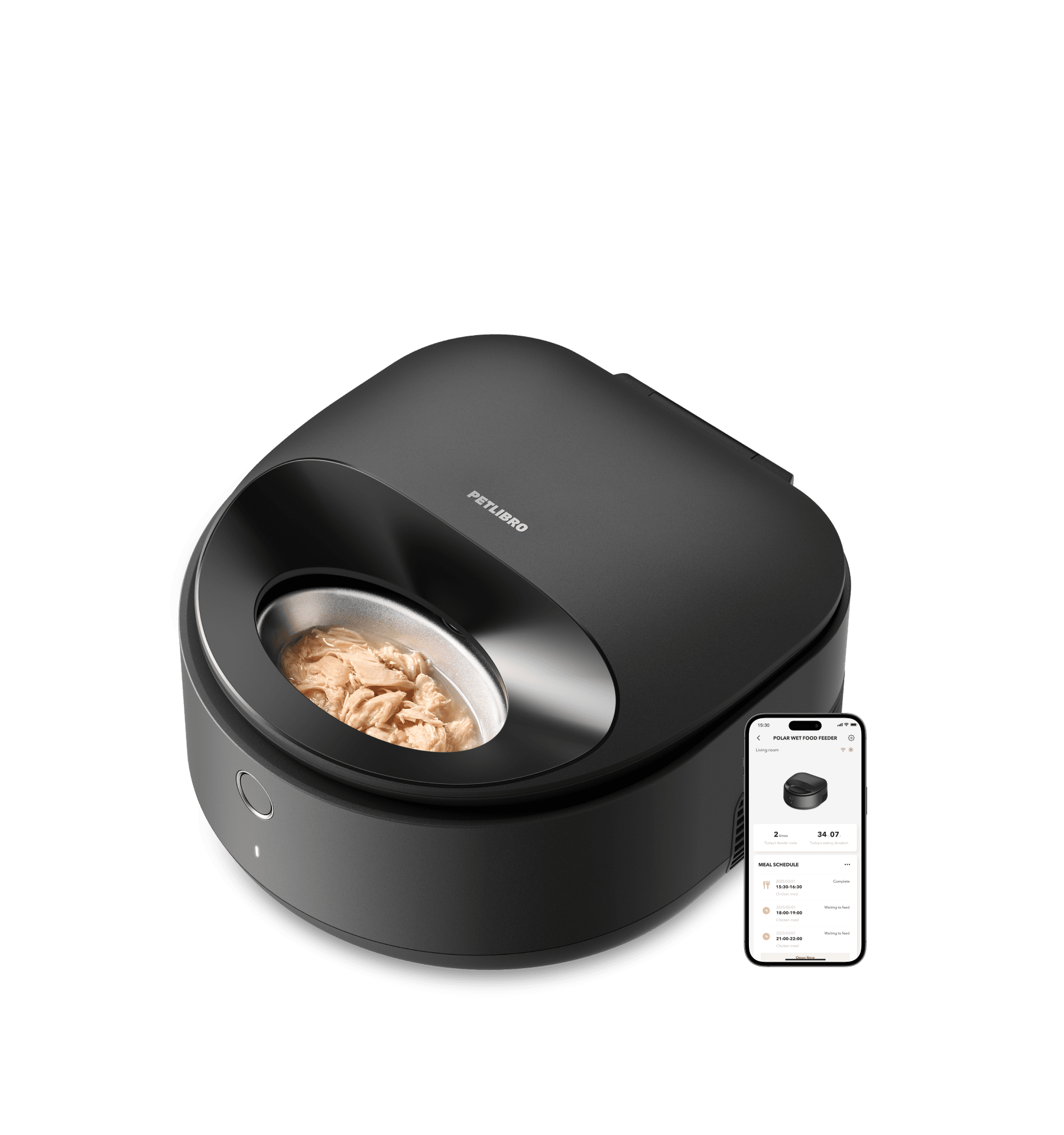
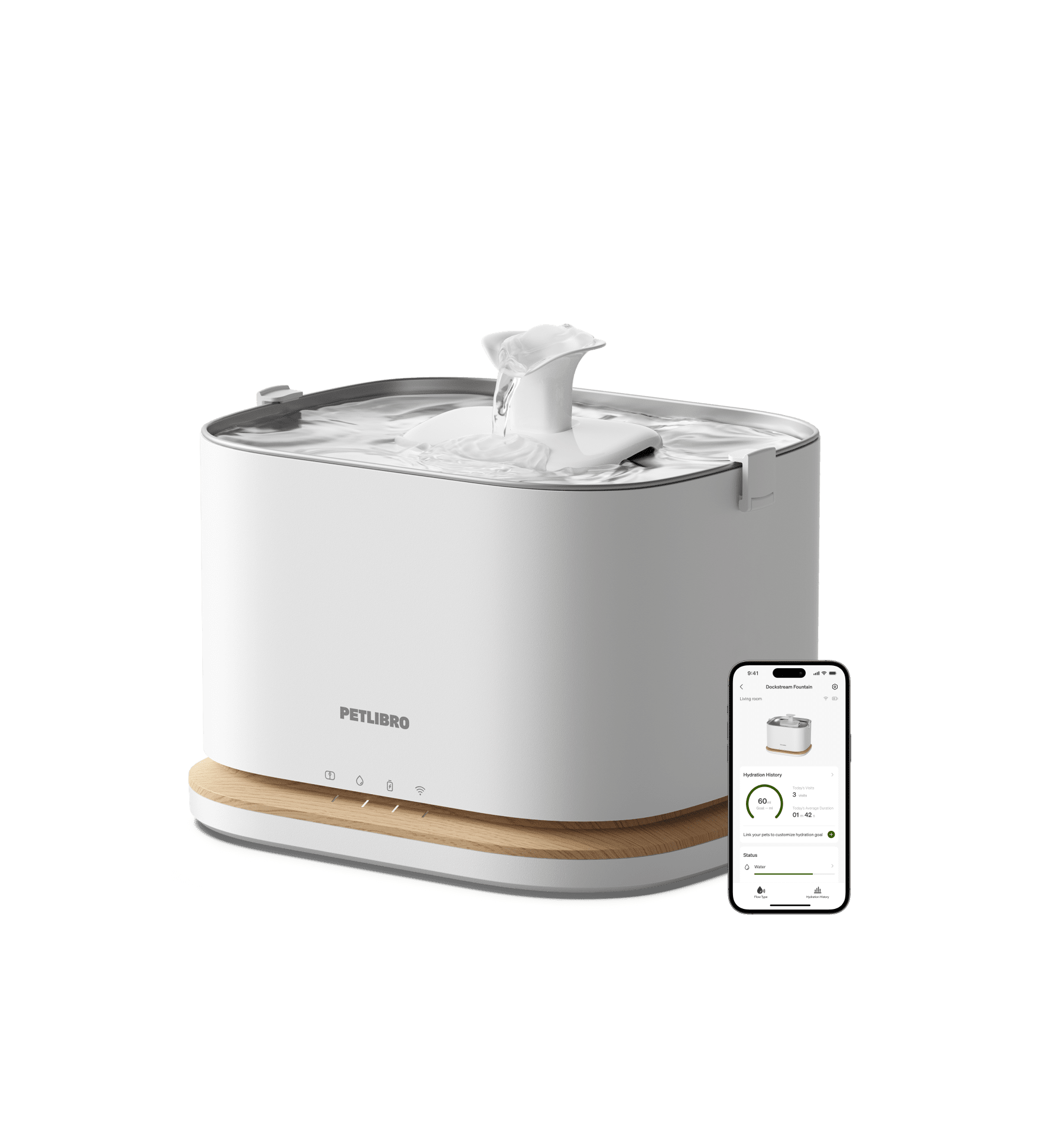
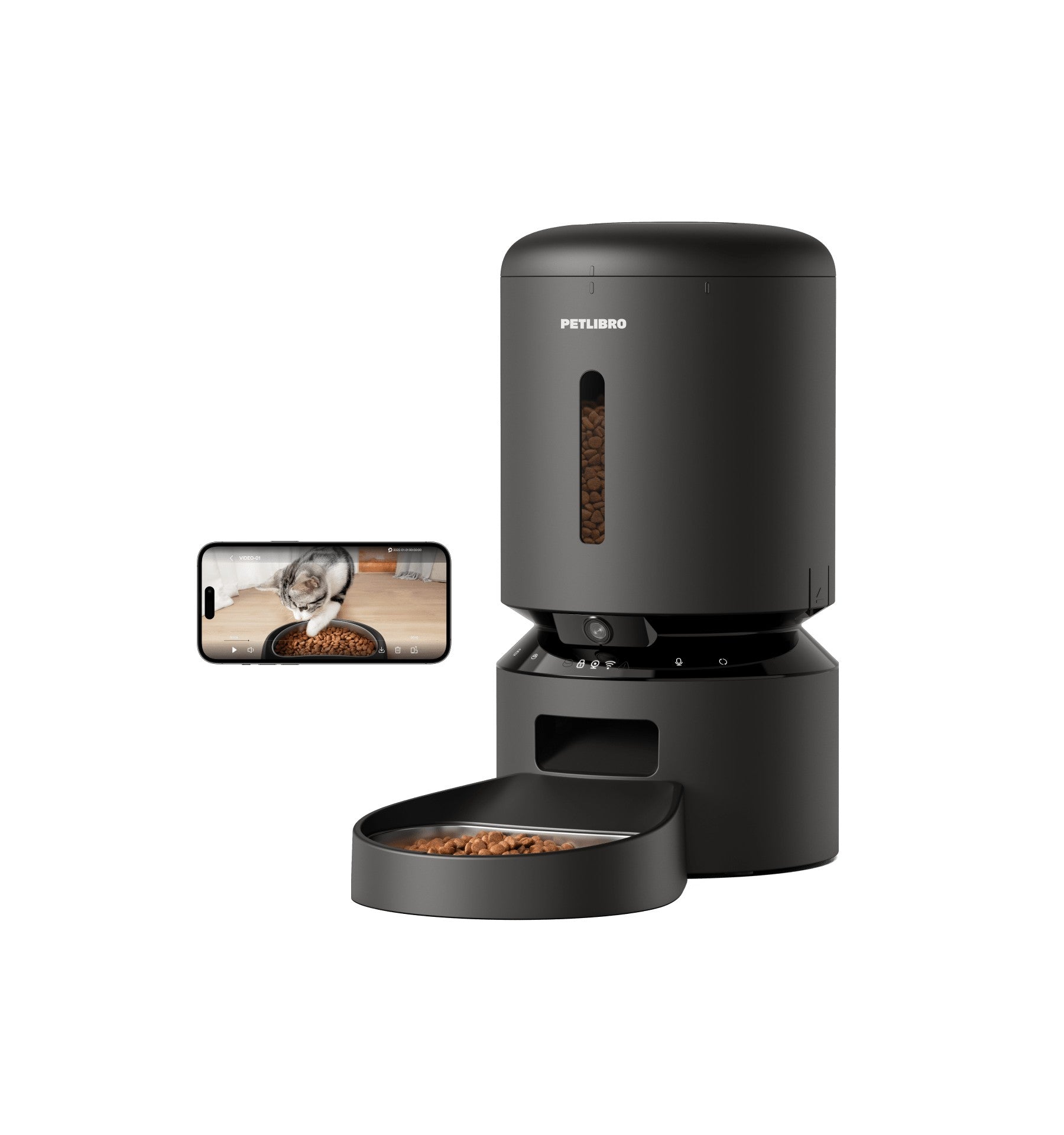
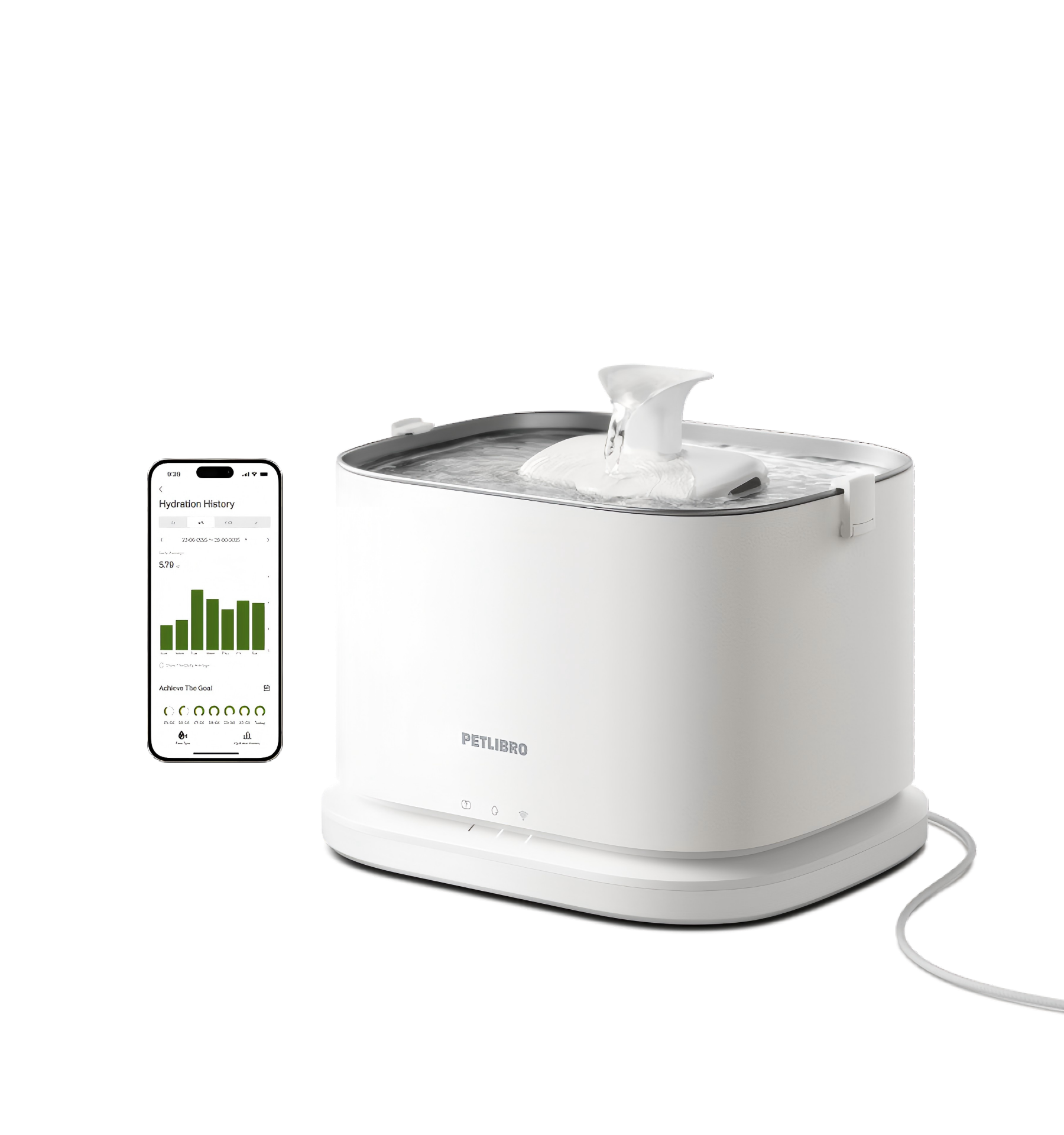
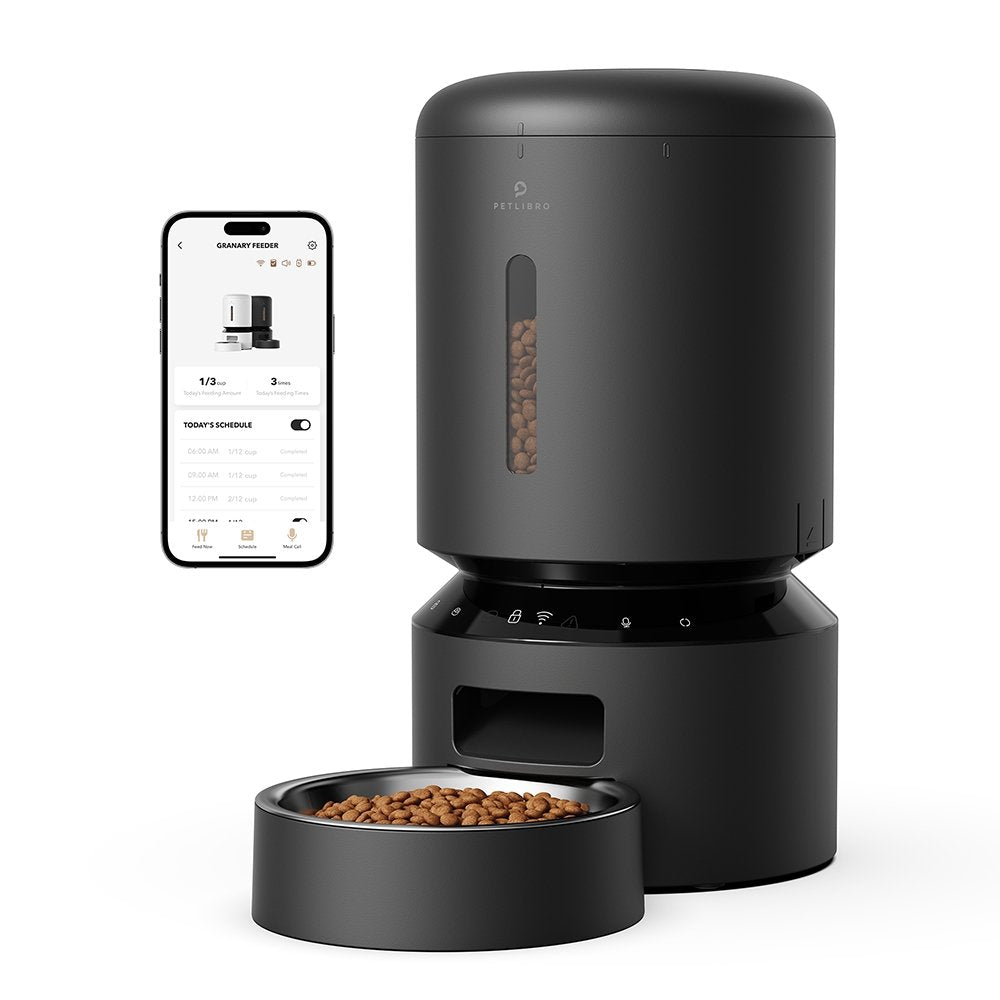
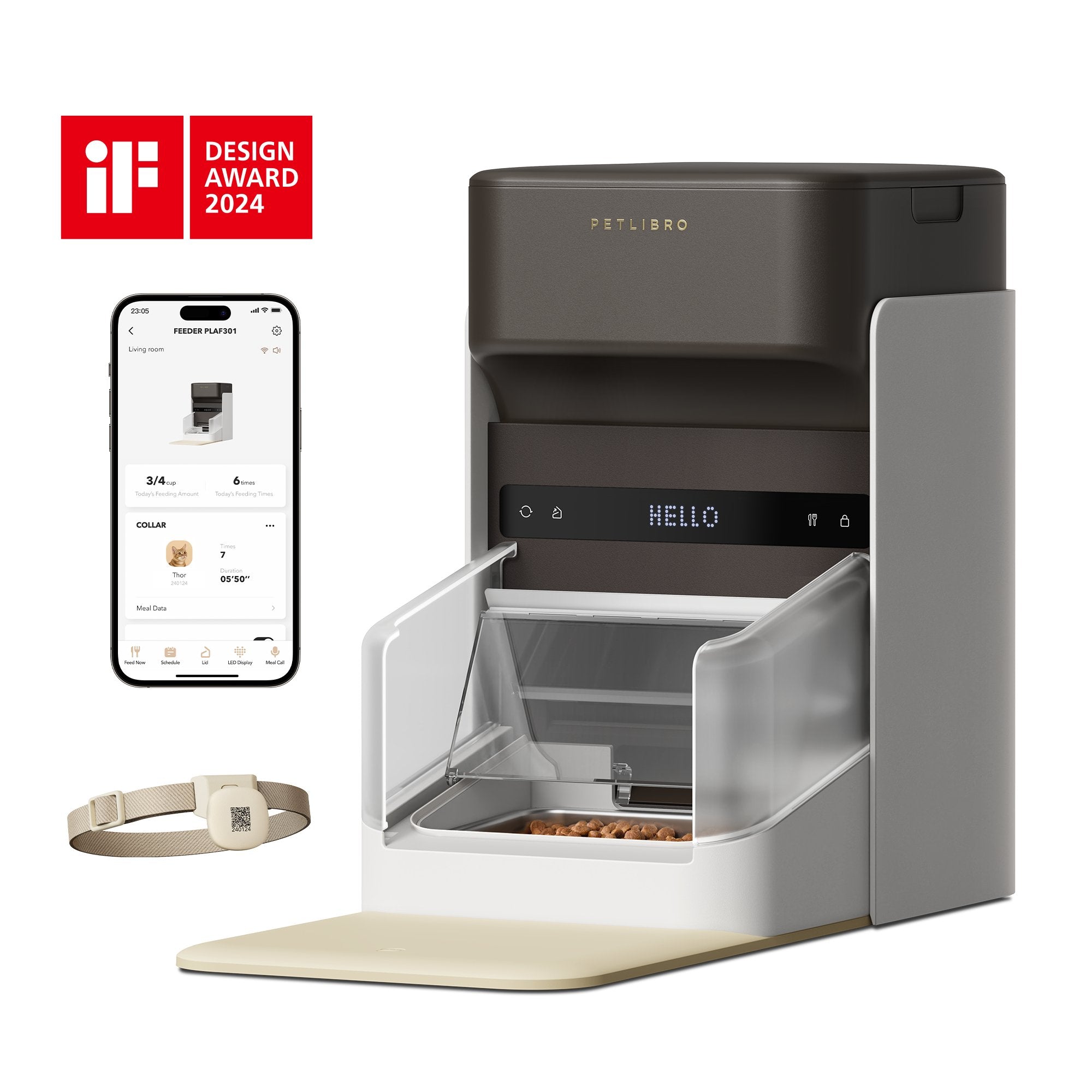
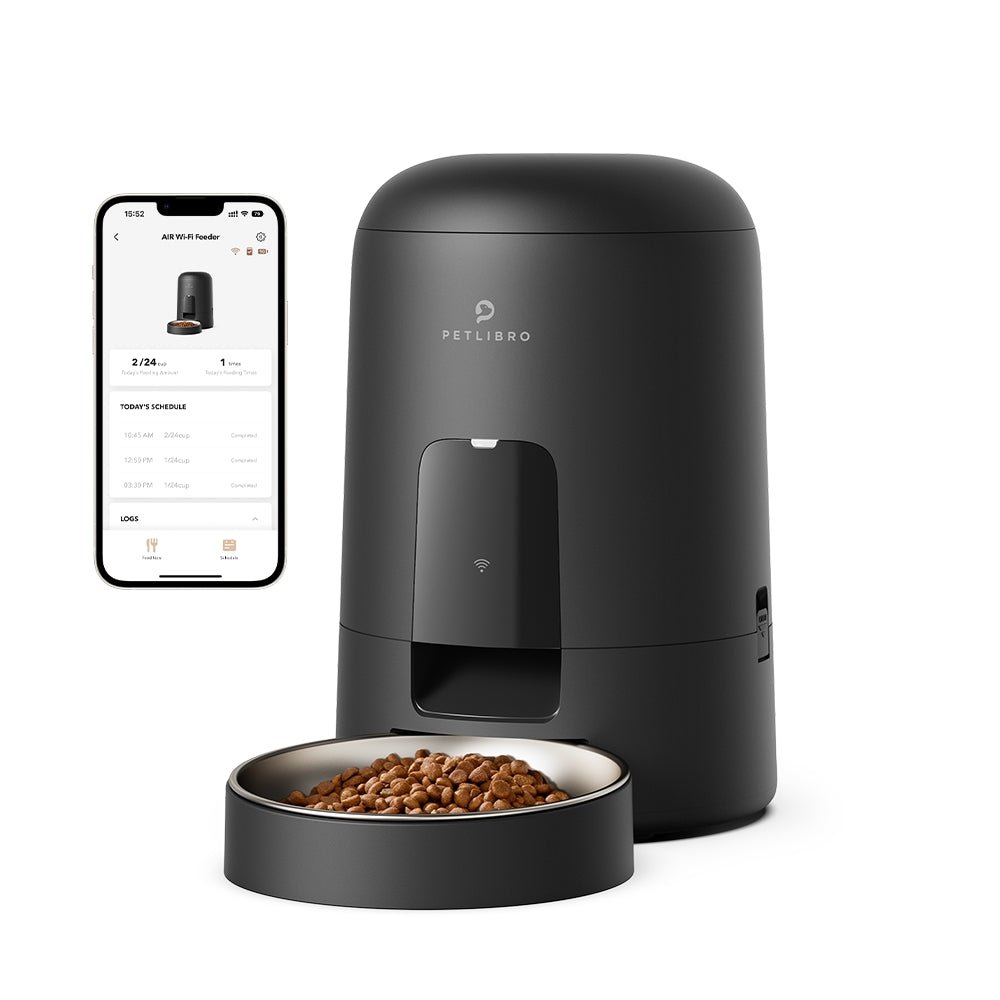





















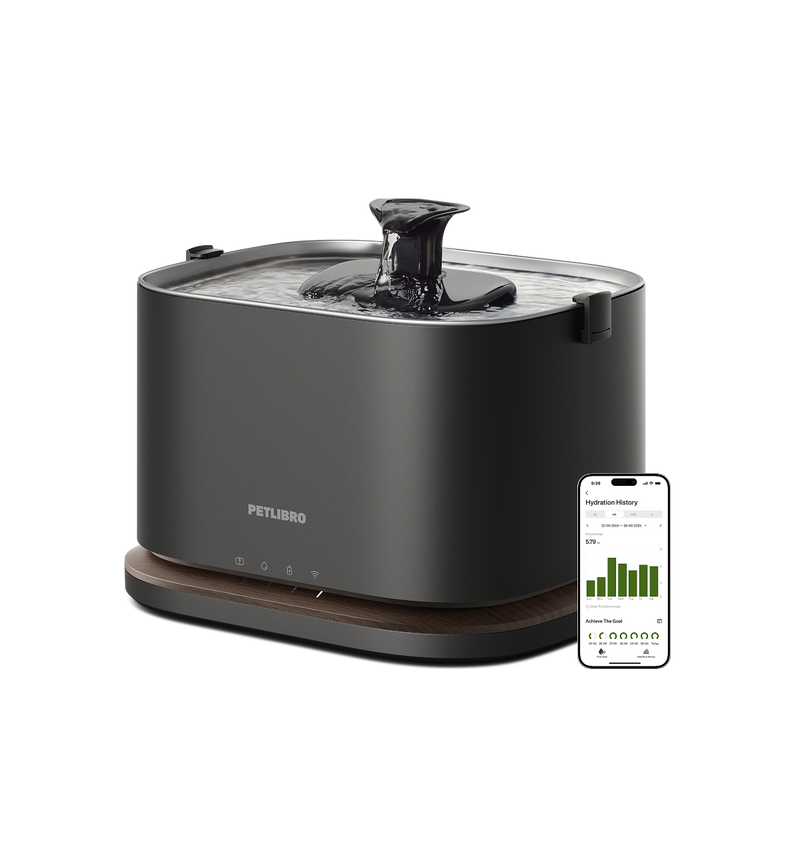
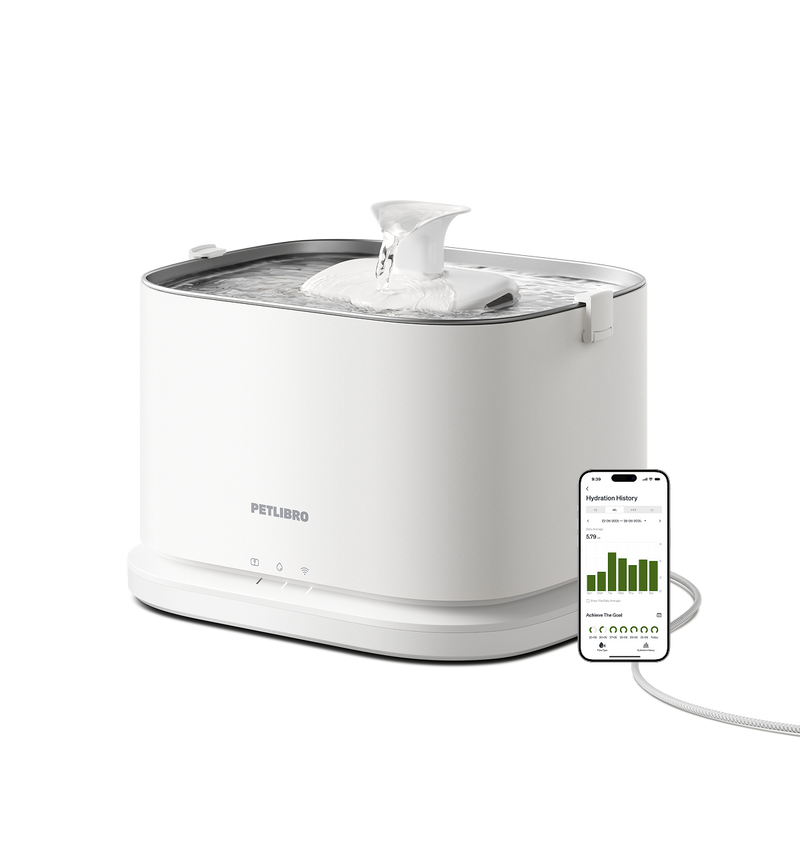
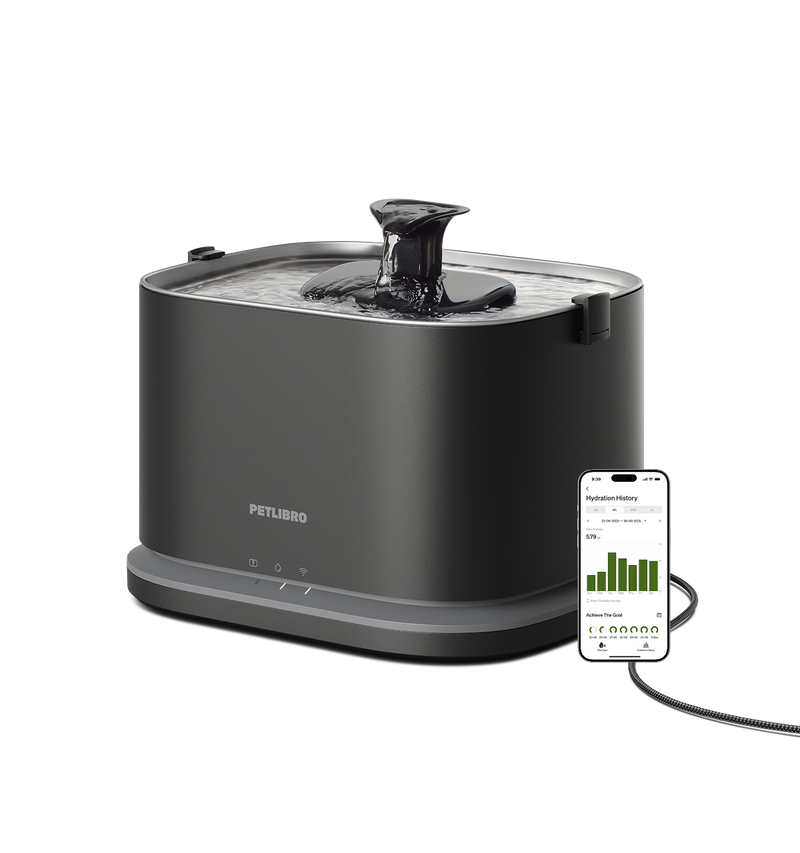










By subscribing, you agree to receive email marketing from Petlibro. Privacy Policy | Terms of Service


*Voucher is non-refundable and only one can be used per order, starting 11/13.


By subscribing, you agree to receive email marketing from Petlibro. Privacy Policy | Terms of Service


Code is valid for 72 hours and can be used for one order only. Code can’t be combined with other codes.
Discounts cannot be used toward new product launches.
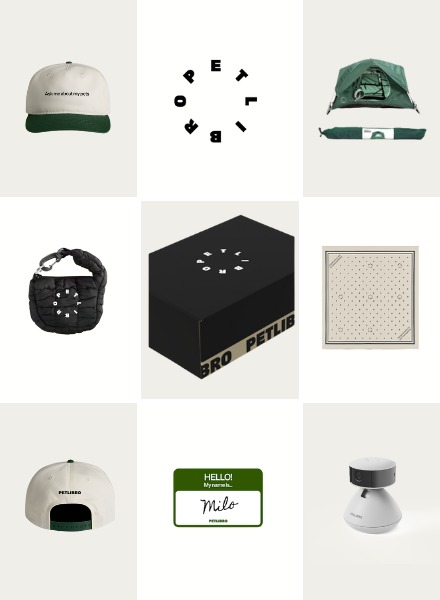

Open to legal U.S. residents, 18 years or older. Void where prohibited. Giveaway begins on 08/26/2025 and ends on 09/15/2025 at midnight PST. Three winners will each receive a limited-edition Petlibro PR Kit, which includes the Scout Smart Camera and select branded merch. Winners will be chosen at random and notified via Instagram or email (depending on entry format) by 09/30/2025. If a winner does not respond within 48 hours, another may be selected. Odds of winning depend on the total number of eligible entries received. Only one email entry per person will be counted, though additional entries may be submitted through the bonus methods described above. Petlibro is not liable for any issues that arise from participation or use of the prize. Personal information will be collected and handled in accordance with our Privacy Policy.



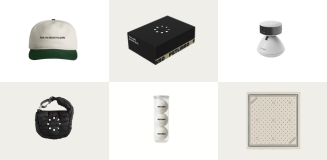
Open to legal U.S. residents, 18 years or older. Void where prohibited. Giveaway begins on 08/26/2025 and ends on 09/15/2025 at midnight PST. Three winners will each receive a limited-edition Petlibro PR Kit, which includes the Scout Smart Camera and select branded merch. Winners will be chosen at random and notified via Instagram or email (depending on entry format) by 09/30/2025. If a winner does not respond within 48 hours, another may be selected. Odds of winning depend on the total number of eligible entries received. Only one email entry per person will be counted, though additional entries may be submitted through the bonus methods described above. Petlibro is not liable for any issues that arise from participation or use of the prize. Personal information will be collected and handled in accordance with our Privacy Policy.


Training a pet to transition from a regular water bowl to an attractive fountain can take time and consistency. While water fountains offer refreshed, chlorine-free water in an elegant dispensing system, many pets are creatures of habit and prefer the familiarity of their standard bowl.
However, with patience, positive reinforcement and gradual adjustment, you can successfully train even the most stubborn pet to use a water fountain. It is important to accustom your pet to the fountain in a stress-free manner, with praise and treats to help make it a enjoyable experience. With regular use and the removal of alternate water options, a pet's natural curiosity and thirst will eventually override any resistance to the fountain. When implemented properly, the training process can be seamless, resulting in a happily hydrated pet and a stylish addition to your home decor.

Proper hydration is essential for a pet's health and well-being. As an owner, ensuring your dog or cat has constant access to fresh, clean water is one of the most important things you can do. For some pets, a decorative water fountain may be an ideal solution, providing circulated, aerated water that stays chilled in warm weather. However, before investing in a fountain, you must evaluate your pet's unique drinking habits and needs.
Answering these questions will help determine if a fountain is appropriate and which style best suits your pet.
Some pets may have difficulties transitioning to a fountain due to joint pain, limited mobility or other age-related changes. For these pets, a lower drinking fountain, raised platform or bowl may be required to make access easier on their body. Very active or outdoor pets will also benefit from a larger capacity fountain to keep up with their increased demands.
By fully understanding your pet's daily water consumption and any special needs, you can ensure a water fountain provides comfort and accessibility, not challenges. With the right product for your pet's requirements, a fountain can enhance hydration while pleasing the eye.
Introducing a new water fountain may be exciting for you, but for your pets it represents an unfamiliar change to their routine and environment. It is important to acclimate them to the fountain slowly and carefully to avoid stress or reluctance to use it.
When you first bring the new fountain home, place it in an area where your pets frequently pass through or congregate, like near their food bowls. Fill the fountain with some of their favorite treats, toys or kibble to attract interest and positive associations. Let your pets explore the fountain at their own pace, offering praise and treats to encourage interaction and play.
Once your pets are happily discovering and engaging with the fountain, start only filling it with water. Continue providing praise and occasional treats when they drink from the spout or basin. Over multiple days of positive experiences, most pets will become comfortable and confident using the fountain as their primary water source.
If at any point your pets seem resistant or refuse to use the fountain, do not force the issue. Gently retry introducing the fountain in a few days, or try moving it to a new spot. Sometimes a change of scenery can help. When they are happily using the fountain with no problems, you can remove any other water bowls to make it the only option.
Reinforcement and routine are key to helping pets form a habit of using the fountain. Continue offering praise and occasional treats when they drink for the first several weeks. Place special interests toys or bites of kibble in the fountain itself occasionally too. With consistency, their use of the fountain will become second nature.
With patience, positive reinforcement and the gradual removal of alternatives, most pets can get fully accustomed to a new water fountain. But some pets may always prefer a bowl, and that is okay too, as long as they have access to numerous fresh, clean water sources every day.
While water fountains can be an attractive and rewarding addition for pet owners, it is important to ensure they actually enhance your pet's experience rather than cause stress or difficulties. By fully evaluating your pet's needs, assessing their current drinking habits, and gradually acclimating them to a fountain through positive reinforcement, you can successfully transition them to this new water source.